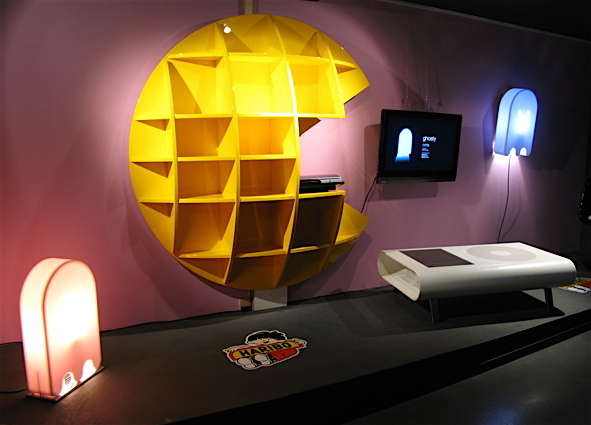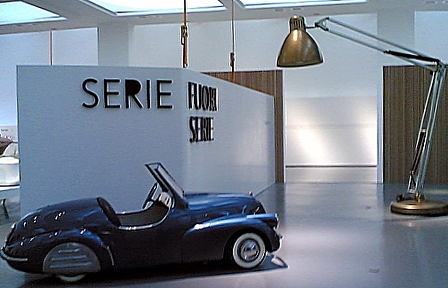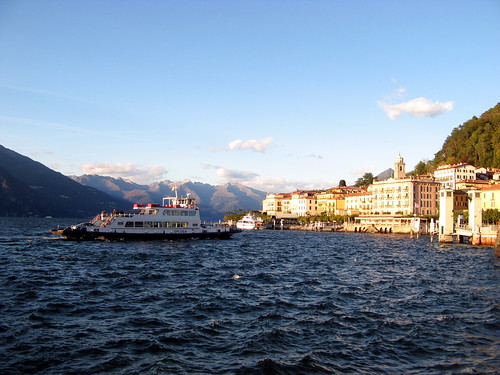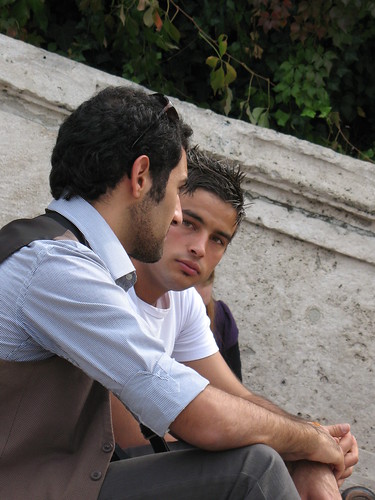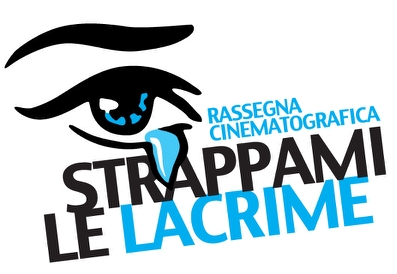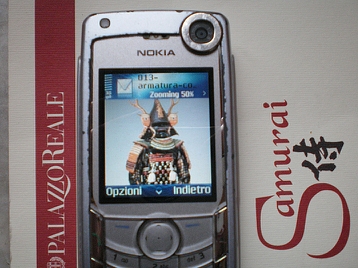
It was a pleasure to return to the Venaria Reale near Turin after writing about it for the NYT about a year ago. The occasion: they’ve finished restoring an enormous exhibition space out of the former stables and greenhouse.
On this visit, all the work was done and tidy. Fortunately, the same friendly, low-key atmosphere of a magnificent place off the beaten track hasn’t changed.
Here’s what I wrote for the Wall Street Journal Europe:
About 1,300 years ago, a string of natural disasters rocked the coast off the modern-day port city of Alexandria, sending chunks of three Egyptian cities into the sea. Up from the depths after 15 years of underwater excavation by French archeologist Franck Goddio, “Egypt’s Sunken Treasures” takes visitors on a voyage back to the Ptolemaic, Byzantine, Coptic and early Islamic eras.
The 500-piece exhibit has toured several European cities, but for its Italian stop, at Turin’s Reggia di Venaria Reale, scenographer Robert Wilson designed backdrops for statues, jewelry, gold coins, ceramics and sphinxes. His theatrical settings, including a prologue with video installations of underwater excavations surrounded by graffiti-sprayed walls, are accompanied by a soundtrack put together by performance artist Laurie Anderson.
In 1996, Mr. Goddio and his team began to search for the lost cities of Herakleion and Canopus using nuclear resonance equipment. Under centuries of algae, sand and clay sediment, they made some exceptional finds. One of the show’s highlights is a pink granite statue of Nile deity Hapi; at 5.4 meters high, the round-faced god with a tray of offerings is the largest freestanding statue of an Egyptian divinity ever found. Hapi and other towering statues, including a Ptolemaic king and queen in pink granite, loom over visitors who wander through a room conceived to look like a sunken forest.
“Sunken Treasures” is the first exhibit in the newly restored stables and greenhouse of the Reggia, designed by Baroque architect Filippo Juvarra. These high-ceilinged, cavernous rooms cover nearly 5,000 square meters, but Mr. Wilson’s low, almost nocturnal lighting and the sound, which ranges from metal clinks meant to mimic the workshops where trinkets were made to swishing waves, produce an effect on the viewer similar to a post-prandial grappa, even at 11 a.m.
A welcome respite from undersea atmosphere comes in the “Sphinx Box,” a well-lit, airy room where the heads of sphinx statues are viewed through white netting. The show’s masterpiece, however, appears in the last room, aptly called Queen’s Dream. The harmonious figure of a woman draped in clinging robes is believed to be Queen Arsinoe II, sister and wife of Ptolemy II. Carved in gray-blue granite, her pose is typical of Egyptian statues, but the style of her dress is decidedly Greek.
Until May 31
www.lavenariareale.it
